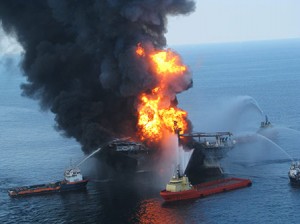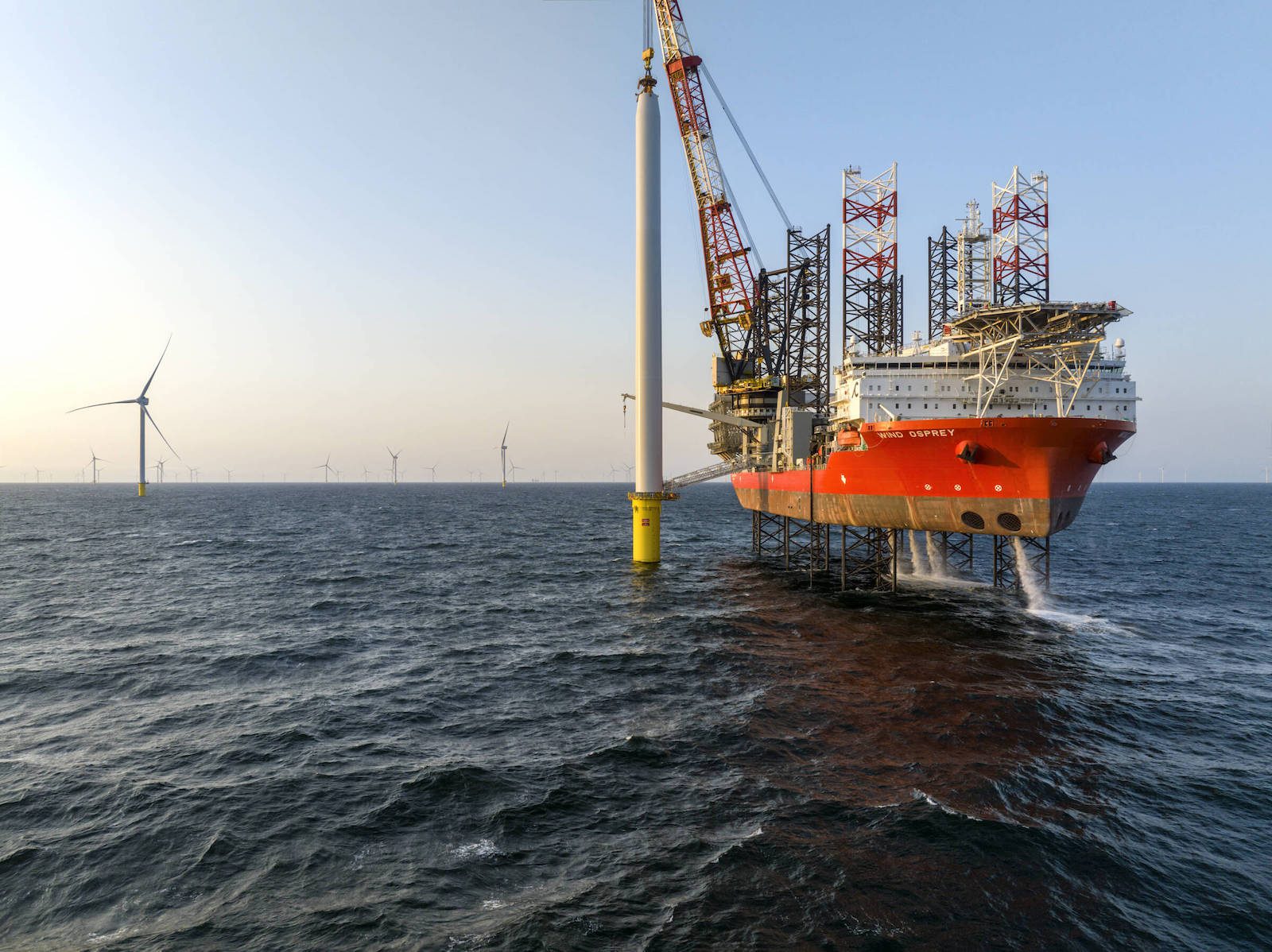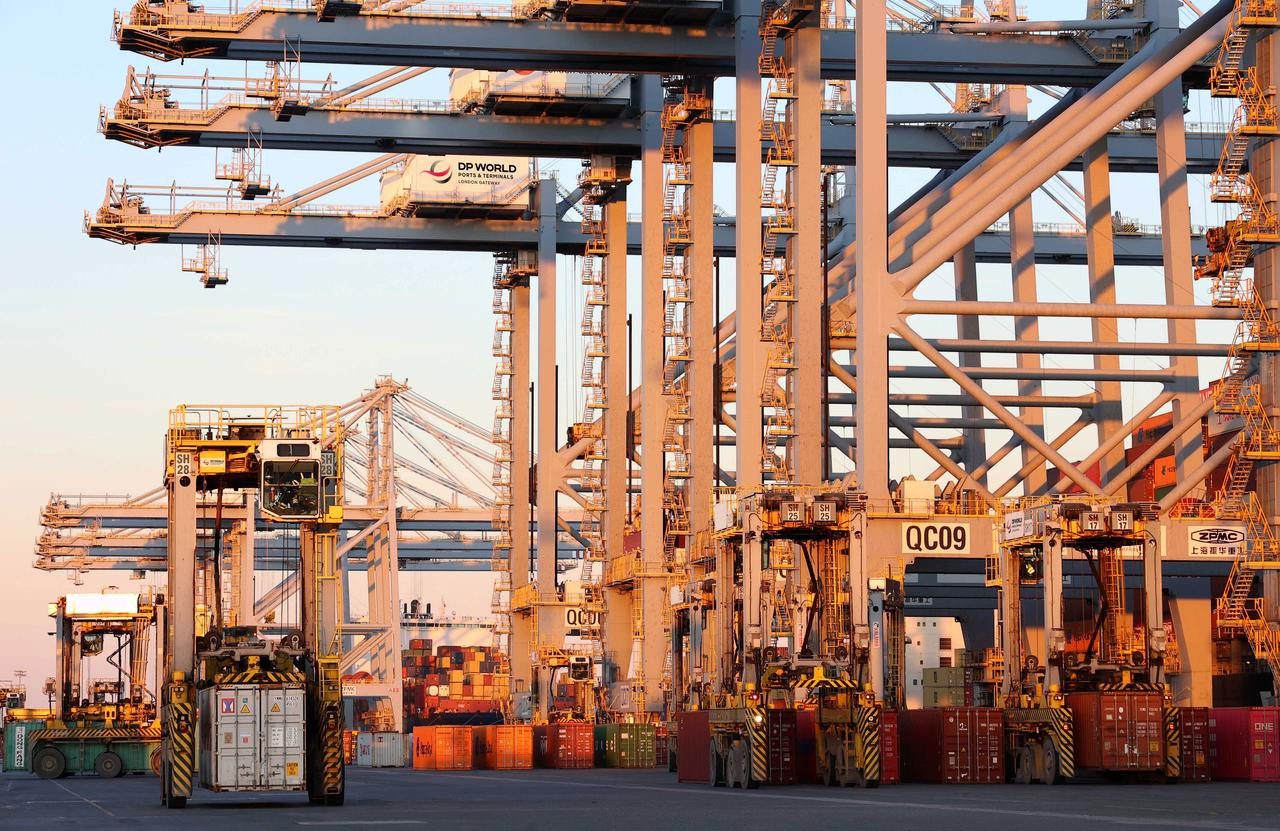 “A Failure of Management” “Cumulative Risk Large and Avoidable”
“A Failure of Management” “Cumulative Risk Large and Avoidable”
January 6, 2011 – (Washington, DC) – The National Oil Spill Commission today is releasing in advance the chapter (attached) from its upcoming full report that contains the key findings from its extensive investigation into the causes of the blowout of BP’s Macondo well.
On April 20, 2010, that disaster killed 11 workers, seriously injured many others, and spewed uncontrolled over four million barrels of oil into the Gulf of Mexico for nearly three months, creating the largest oil spill ever in American waters.
Among the findings from the chapter:
“The well blew out because a number of separate risk factors, oversights, and outright mistakes combined to overwhelm the safeguards meant to prevent just such an event from happening. But most of the mistakes and oversights at Macondo can be traced back to a single overarching failure—a failure of management. Better management by BP, Halliburton, and Transocean would almost certainly have prevented the blowout by improving the ability of individuals involved to identify the risks they faced, and to properly evaluate, communicate, and address them.”
Commission Co-Chair William K. Reilly said of the Commission’s findings, “My observation of the oil industry indicates that there are several companies with exemplary safety and environment records. So a key question posed from the outset by this tragedy is, do we have a single company, BP, that blundered with fatal consequences, or a more pervasive problem of a complacent industry? Given the documented failings of both Transocean and Halliburton, both of which serve the off shore industry in virtually every ocean, I reluctantly conclude we have a system-wide problem.”
Co-Chair Bob Graham said, “The Commission’s findings only compound our sense of tragedy because we know now that the blowout of the Macondo well was avoidable. This disaster likely would not have happened had the companies involved been guided by an unrelenting commitment to safety first. And it likely would not have happened if the responsible governmental regulators had the capacity and will to demand world class safety standards. There is nothing that we can do to bring back the lives of the men we lost that day. But we can honor their memory by pledging to take steps necessary to avoid repeating the fatal practices of the past.”
Among other key findings from the chapter:
“. . .the Macondo blowout was the product of several individual missteps and oversights by BP, Halliburton, and Transocean, which government regulators lacked the authority, the necessary resources, and the technical expertise to prevent.”
“The blowout was not the product of a series of aberrational decisions made by rogue industry or government officials that could not have been anticipated or expected to occur again. Rather, the root causes are systemic and, absent significant reform in both industry practices and government policies, might well recur.”
“What we. . .know is considerable and significant: (1) each of the mistakes made on the rig and onshore by industry and government increased the risk of a well blowout; (2) the cumulative risk that resulted from these decisions and actions was both unreasonably large and avoidable; and (3) the risk of a catastrophic blowout was ultimately realized on April 20 and several of the mistakes were contributing causes of the blowout.”
Among the examples of engineering mistakes and management failures highlighted in the chapter:
- Inadequate risk evaluation and management of late-stage well design decisions;
- A flawed design for the cement slurry used to seal the bottom of the well, which was developed without adequate engineering review or operator supervision;
- A “negative pressure test,” conducted to evaluate the cement seal at the bottom of the well, identified problems but was incorrectly judged a success because of insufficiently rigorous test procedures and inadequate training of key personnel;
- Flawed procedures for securing the well that called for unnecessarily removing drilling mud from the wellbore. If left in place, that drilling mud would have helped prevent hydrocarbons from entering the well and causing the blowout;
- Apparent inattention to key initial signals of the impending blowout; and
- An ineffective response to the blowout once it began, including but not limited to a failure of the rig’s blowout preventer to close off the well. The chapter reports that these failures were preventable. Errors and misjudgments by at least three companies — BP, Halliburton and Transocean — contributed to the disaster. Federal regulations did not address many of the key issues — for example, no regulation specified basic procedures for the negative pressure test used to evaluate the cement seal or minimum criteria for test success.
The chapter also notes, “Whether purposeful or not, many of the decisions that BP, Halliburton, and Transocean made that increased the risk of the Macondo blowout clearly saved those companies significant time (and money).” Decisions that increased risk at Macondo while potentially saving time are listed in the following final table from the Commission, included in the chapter:
Decisions that Increased Risk While Potentially Saving Time
The Commission’s full report, to be released on January 11th, will contain its complete examination of impacts and considerations regarding the BP’s Macondo well blowout, including chapters on a history of events before and after the blowout, the need for both improved corporate and government safety rules and response practices, challenges for restoring and protecting the Gulf’s environment, considerations regarding the Arctic and drilling “frontiers,” and the Commission’s official recommendations to President Obama, the Congress and industry for avoiding a similar episode. There will also be a separate Chief Counsel’s report on the blowout.
President Obama established the National Commission on the BP Deepwater Horizon Oil Spill and Offshore Drilling on May 22nd, 2010 to investigate the root causes of the spill and provide recommendations on how to prevent and mitigate the impact of any future spills that result from offshore drilling. The chapter released today as well as other materials on the Commission’s investigation into the root causes of the BP Gulf rig blowout can be found at www.OilSpillCommission.gov. The Commissioners will hold a press conference (media only) on the release of their full report and recommendations on Jan. 11th at 11am at the National Press Club in Washington DC. The Commission’s press conference will be streamed live for public viewing on its website.
Source: National Oil Spill Commission

 Join The Club
Join The Club












